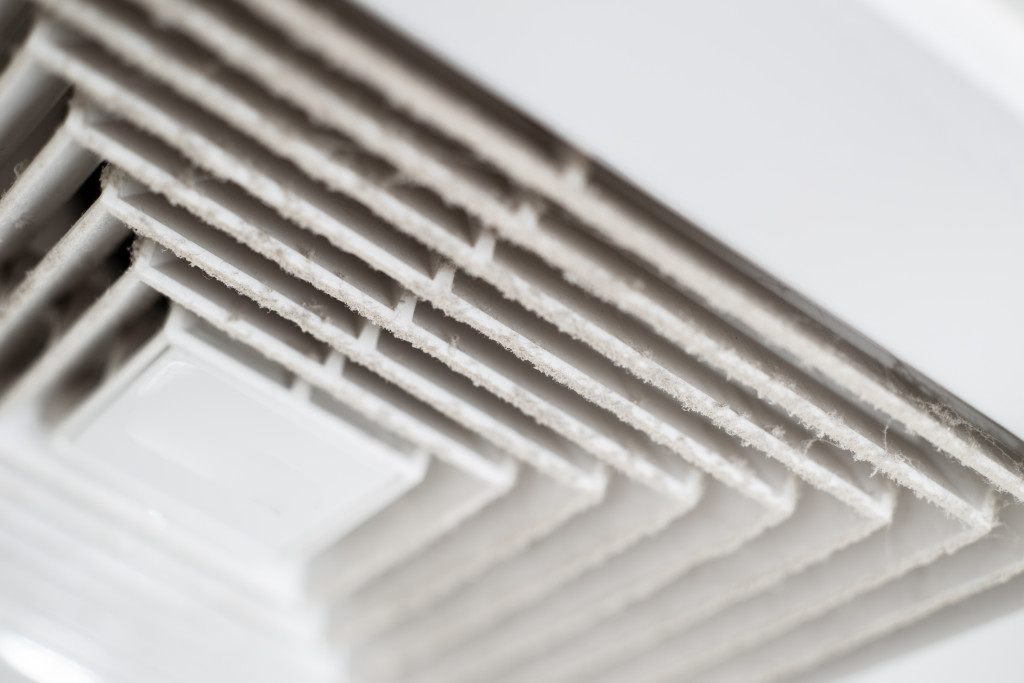- Homeowners must prioritize safety and identify potential hazards to prevent accidents.
- Electrical systems present significant risks like electrical fires, electrocution, and electric shocks.
- Falls are the most common accidents; stairs require particular attention and renovation to ensure maximum safety.
- Poor ventilation can lead to numerous health issues, and regular maintenance checks are crucial.
As a homeowner, it is essential to prioritize your family’s safety, especially if you have children. Hazards within the home can lead to severe injuries or even death, making it necessary to take all preventative measures to eliminate them. Statistics show that over two million children under 14 suffer accidents within the home, with many leading to hospitalization due to the severity of the injuries.
In conclusion, creating a hazard-free home is crucial, especially if you have children. As a homeowner, you must identify potential risks and take all precautions to prevent accidents. Failing to do this may lead to severe injuries, permanent disabilities, or even death. Therefore, prioritize your family’s safety by identifying all hazardous areas and eliminating risks. Here are a few places to consider for your efforts to maintain a safe and secure home:
Electrical Systems
Electricity is one of the most significant hazards within the home. Electrical fires, electrocution, and electric shocks are among the risks associated with electrical systems. Here are some tips on how to ensure maximum safety within the home:
Electrical System Maintenance
Home electrical systems should undergo regular maintenance checks to ensure they are up to code and functioning correctly. Signs of wear and tear, such as frayed wires or loose electrical connections, must be replaced or repaired immediately. Homeowners can hire licensed electricians to inspect, repair, and maintain electrical systems.
Safe Use of Electrical Appliances
Electrical appliances are ubiquitous within the home. However, they can be hazardous if misused. Homeowners should ensure that all electrical appliances are in good working condition and comply with safety standards. Overloading of electrical circuits should also be avoided, which can lead to electrical fires or shocks. Additionally, homeowners should opt for appliances with automatic shut-off functionalities, which can prevent electrical fires caused by overheating.
Childproofing Electrical Outlets
Electrical outlets pose a significant risk to young children. Children may insert small objects into electrical outlets, resulting in electrical shocks or fires. Homeowners can consider installing electrical outlet covers or childproofing outlets to eliminate this risk.
Education on Electrical Safety
Homeowners should educate themselves and their children on electrical safety. Basic electrical safety measures, such as avoiding water near electrical appliances, not using damaged electrical cords or devices, and not touching electrical appliances with wet hands, should be instilled in every household member.
In conclusion, electrical systems pose substantial hazards within the home. However, with regular maintenance, safe usage of electrical appliances, childproofing of electrical outlets, and education on electrical safety, homeowners can mitigate the risks and ensure maximum protection within their homes.
Fall Threats

Besides electrical hazards, falls are the most common accidents within the home. Thousands of people suffer fall-related injuries annually, ranging from minor bruises to severe fractures, head injuries, or even death. Therefore, it is crucial to identify potential fall hazards within the home and take appropriate measures to prevent them. Among the most hazardous areas are stairs, which require particular attention and renovation to ensure maximum safety.
Stairs pose several fall risks due to poor design, maintenance, or usage. For instance, slippery stair surfaces, uneven steps, or loose handrails can cause accidents, especially among older adults or young children. In addition, poor lighting, cluttered stairways, or distractions while using the stairs are other significant factors contributing to falls.
Replacing the stair treads with rubber material or abrasive strips is one way to reduce the risk of slipping. A square nose (rather than a rounded one) design is recommended; it provides more excellent traction and thus reduces the likelihood of slips. Additionally, installing sturdy handrails on both sides of the stairs can help support those using them and provide a secure grip. Homeowners should also consider adding lighting fixtures along the stairway for adequate visibility. Finally, it is essential to keep all objects off the stairs and ensure they remain clean and clutter-free.
Ventilation Systems

Ventilation systems also pose a significant risk within the home. Poor ventilation can lead to numerous health issues, including respiratory problems, headaches, and allergies. In addition, faulty or unclean air conditioning systems can cause fires due to overheating. Therefore, homeowners should ensure their ventilation systems are up-to-date and operating efficiently.
Regular maintenance checks of all heating and cooling units must be carried out. Homeowners should opt for quality filters that trap dust particles and other allergens to provide clean air. Additionally, licensed contractors should clean ventilation ducts at least once every two years to prevent any buildup of dirt or debris that could affect the airflow.
Final Thoughts
Renovating a home can be daunting, but prioritizing safety is essential. Homeowners should identify potential hazards and take all necessary precautions to prevent accidents. With careful planning and prioritization, homeowners can ensure maximum security for themselves and their families.
